Since then, she has gone down in the record books for both the number of donations and the amount thereof. If they gave records for quality as well as quantity she probably would have gotten those too.
Jennifer continues her path of profound generosity with another wave of the demystification wand to show how it was done. It is not magic; it’s hard work — but it can be done, and learned from.
Hard to believe, but true: Here are the very last 6 Tips that I learned from our
Kickstarter campaign. (Then again, you never know when I might suddenly get more Kickstarter inspiration…)
37. The Advantages of Fundraising for a Finished Film: A New Model?
As I’ve mentioned often, I was terrified of fundraising for a finished
film. It seemed to break every rule imaginable. So it was strange to
discover is that there are actually advantages to fundraising for a
film that is completed. It turned out that the very thing we wrote on
our Kickstarter site
to sell the idea of donating to our film to prospective patrons is
true: Donating to a finished film is a low risk proposition. Why?
• Most films go over budget, take much longer than
planned (Oh like 20 years) and God forbid I should put this in print,
never get finished. While I am not sure the general population knows
all these facts, I think they can smell the “risk” in the ether.
• With a finished film and especially one that is beginning to get noticed and play known festivals like MY REINCARNATION was doing, people can enjoy giving to something that is a sure bet. It is already successful.
• For the fundraising filmmaker, an obvious benefit
is the ease at creating “New News” (previous Tip #34): We could film
endless additional video updates from the various events the film was
showing at and also make “Sneak Preview Fundraising Screenings” to show
them the goods and create buzz. Because MY REINCARNATION was playing at
festivals,
there was plenty of news, but still the film’s potential of widespread
commercial release could not be achieved without further financial
help. So there was evidence of success, yet with a clear obstacle to
distribution that begged for people’s support.
I am wary to suggest this as a new fundraising model for obvious
reasons. The amount of risk to the filmmaker is extremely high: I mean
what if you can’t make the costs in this late game effort? Who
knows how many years the anxiety about paying off the film’s cost took
off my life?
But dreaming into the future, could people “vote” with their pocketbook
for the films they want to see once they are made in the same way they
vote by buying a ticket to a movie theater. Of course, this is asking
them to vote at a higher level then going to a matinee, but for niche
films on rarely seen subjects, maybe people are willing to pay $100 or
$200 for the price of admission. Just a thought…
On another level, the question is can you translate some of the
advantages we had on our campaign to a film that is not yet finished?
And like all fundraising efforts, how do you have the manpower or
womanpower to launch a campaign of this magnitude while simultaneously
finishing your film?
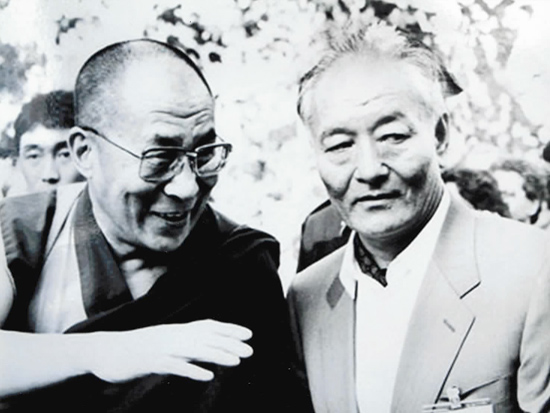
38. Create ‘Events’:
There are many ways you can create “Events” even if your film is not
finished. Any way you can generate new compelling video that is under 5
minutes (and even better around 2-3 minutes) and can be uploaded onto
YouTube, your website, your Facebook page, and your Kickstarter page,
helps your campaign. Here are a few ideas that came to my mind (you
will surely think of more):
• Just like we had “Sneak Preview Fundraising Screenings” of MY REINCARNATION
during our Kickstarter campaign, you can have “Sneak Preview Excerpt
Fundraising Screenings” or “Fundraising Soirées” in a host’s home. You
can also show the trailer or scenes from the film to an invited group
of potential contributors or just interested souls. The key is to
videotape the event and then get people’s reaction to the clips they
have seen on camera to create a new video post. If possible, another
hook might be to ask the film’s subjects to appear at the event with
you to talk about the film (depending on the subject matter).
• Honestly, neither of our Sneak Preview Fundraising
Screenings generated much money. However, the video we created
for the website – of me talking, the protagonist talking, and people’s
reactions to what they saw – helped the Kickstarter campaign have life
and credibility. From our analytics, we saw immediately that
contributions rose when we posted these videos. Remember the Lemming
Theory in Tip #30? People will be more likely to join your project and
make a contribution if they hear others singing its praises. Any way
you can get these video testimonies is worthwhile…
• You can also videotape discussions about the film
in the edit room with your editor and yourself and post them.
• You can bring people into the edit room to screen
parts of the film and tape their responses. Or ask them discuss the
film’s important topic and it’s meaning for the world.
• You can ask your film’s current partners, who are
already on board the project, to talk to camera about what they love
about the film and why they are supporting it. Then edit that into a
string of testimonies for the web.
• If you do any mid-game interviews with press, make
sure you tape them and post on your website, your Facebook, your
Kickstarter page.
• Tiny Note: My experience is that when you ask a TV
station or a print interviewer for a copy of the interview you just
did, they always promise to give to you and often never send it to you.
My solution is to bring a small Flip camera everywhere and ask an
assistant or intern to conveniently film you being filmed. (Make sure
they stand as close as possible for sound.) This way you have the video
even if the sound is not so good. You can always subtitle the tape if
necessary.
39. It’s Not Over Till It’s Over….
As our last week countdown continued we kept up the pressure. It didn’t
matter that by the Day 4 of the countdown we had achieved our second
goal of $100,000. We had a third goal in the back of our minds since
the very beginning: To raise monies for the films theatrical rollout in
the USA, which would be another $40,000 – $70,000. So we kept going.
Part of our campaign plan was that in the last week we would post a
written update every day. This took a lot of work, but we actually sat
together as a team and outlined what topic I would write about each day
in the last 5 days of the campaign. Again we had the idea that these
letters had to be real pieces of writing and not just a reiteration of
the financial appeal. For ideas we tried to draw on things that related
to the film topic, Tibetan Buddhism, and to the film’s subjects, Chögyal Namkhai Norbu and his son.
This outline was really helpful. We followed the same procedure as with
all my posts. I drafted the letter and then they were passed to Katherine and Lisa to edit and then to Stefanie
to do the layout and artwork and post on all sites, It was intense, but
it worked, even while midweek I had to hop on a plane to the Krakow International Film Festival where the film was having it’s Polish premiere.
The last couple days we even posted several times a day on Facebook with the hour countdown, mimicking what was on our Kickstarter site.
Meanwhile, other people around the world started posting the countdown
as well. Pretty cool when you realize others are following the ball
dropping on your campaign and urging people to join during the last
minutes! I myself kept reaching out to people on Facebook from Krakow
until the “0 Seconds Left” appeared on our site.
In fact, there was so much energy at the end of our campaign that
people turned to our website to make donations when the Kickstarter
site closed down. We got several contributions in the days that
followed May 28th.
It’s a good thing for me, because now that we have raised our
completion funds and made a dent into our next goal, our theatrical
release, I plan to keep continuing the fundraising – off Kickstarter –
to raise the remaining costs for our theatrical release starting this
October in the USA. In fact, Stefanie just put up a new "Store" (which we will conintue to build) and "Donation"
page on our site. But due to Kickstarter, we were able to hire
our theatrical booker with the funds we have so far and have started to
chart the campaign, including having booked the film’s theatrical
opening in NYC. More details to follow. (You can continue to hear about
all things related to MY REINCARNATION by signing up on our Mailing List for constant updates and to find out when the film will be at a theater near you.)
40. The “Tipping Point”:
For months I fantasized about that illusive thing called the “Tipping
Point”. I wondered how to make it happen. Clearly all the things we did
and all the waves that our work generated around the world inside of
other people took hold in the last 4 days of the campaign and created a
small Tsunami that blew the MY REINCARNATION campaign off the charts. In those last days we more than doubled what we had raised previously in 86 days of work.
Afterwards, people wrote me things like: “Watching the last days of the
campaign was better than a good soap opera”; or “I couldn’t stop
checking the numbers all day to see how much they rose by”; or “I kept
meaning to donate earlier, but somehow I kept forgetting till now”;
and “I didn’t plan to give that much, but I just did!” (Said by
the woman who bought my beloved Tibetan chest for $7,000 on the last
day of the campaign with 6 hours left to go.)
I’d like to tell you it was all the result of our careful engineering
and planning, but that would be a lie. Having been making films for 30
years, I know that you can work just as hard as we did and create a
carefully constructed campaign, with a lot of good press, and plod
along fairly well, but never hit that illusive “tipping point”.
So, I have to go back to my old dad for wisdom on this one. He always
told me that 60% of success in life is hard work, 10% is talent, and
the rest is luck. I think he is right. After all is said and done, I
think we had some of that luck on our side this time.
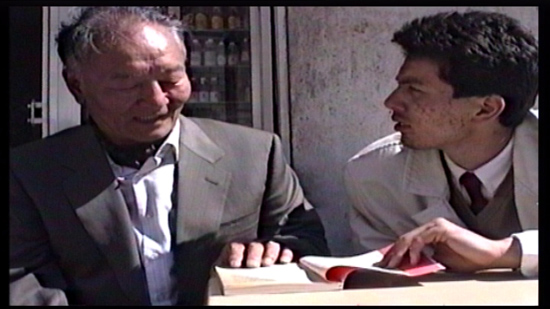
41. From Kickstarter to outreach and distribution…
One of the things that became very clear to me doing this campaign is
that Kickstarter is a preparation for your basic outreach and
distribution campaign in America.
• We now had 518 additional people invested in the film and in it’s success in the world.
• We had reinvigorated our previous partners through the campaign’s success.
• We had built our mailing list, adding new
individual names and new related organizations across the country and
the world.
• We had built up our facebook and twitter presence.
• We had gotten people hungry for the film’s release in their local.
• We had identified and begun to build partnerships
with key organizations related to the film that we could draw on for
the theatrical release.
• We had raised the name recognition of the film on
the web and in the world through the campaign and through selective
press.
The biggest thing is that going through this experience has built our
own “chops” on how to run a campaign for this film and gotten us in
fighting shape for the theatrical to come.
42. Delivery…
Ah delivery, the most unglamorous part of the campaign but the aspect
that requires as much or more care. We have not actually delivered to
our patrons yet, so there is a lot we still don’t know (perhaps another
Kickstarter Update in a few months!). But there are a few things that
we have thought about that you might want to consider:
First, just make sure you calculate the cost of Kickstarter, Amazon,
the time of the people helping you and the costs and postage of
delivering items properly. In my mind, I have made this to be about 15
– 20% of what you raise. In our case between, $22,500 – 30,000 out of
the $150,000 we made towards the film. So what we will take away is
somewhere around $125,000. Thinking about this ahead of time will help
you set the right number goal for your project. But I think it is also
important to let you backers know how much is the exact take-away from
the campaign, so they understand what you might still need to raise, or
why you may have to come back to them in the future. I haven’t yet
figured out exactly how to “frame” this to contributors, but I am
working on it now.
I think it is important to keep in touch with your patrons after the
campaign ends, giving them updates on next steps and how the Incentives
will be delivered and the future of the film. These people are your
best friends in the march towards completion and getting the film into
the world properly. They are your new expanded team, or, as I like to
think of them, “Soldiers” for the film in the world. They have a vested
interest in your film’s future, because it is now, in part, their film.
* * * * *
Kickstarter is an amazing process to go through. I highly
recommend it for its potential monetary rewards, how it expands your
network, and challenges your inner conceptions. I would do it again
immediately with the right film project.
I do however, have to say one thing: All of us agonize about how to
fund our films, and indeed it is a challenge. But sometimes it is easy
to forget that the really difficult thing is not fundraising but making
good films. Nothing compares to the challenge and the complexity of
this unique art. With funding so scarce in America, it is easy to loose
sight of this fact. Kickstarter is nothing compared with the task of
making a well-crafted, surprising, valuable, enjoyable, emotional,
eye-opening visual work that has the power to change the way people see
themselves and the world. Let us all keep our eye on the ball as we
journey forward!
Coming in the next weeks is a special post from the MY REINCARNATION team – Stefanie Diaz, Lisa Duva and Katherine Nolfi – filled with new wisdoms and perspectives on climbing the Kickstarter Mountain!








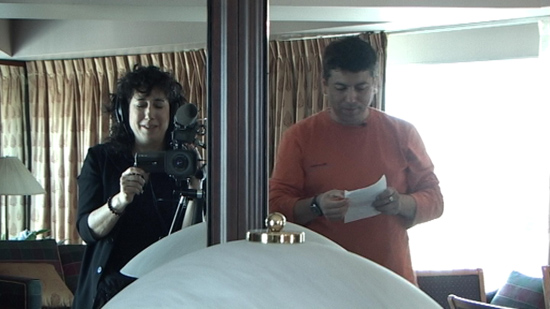
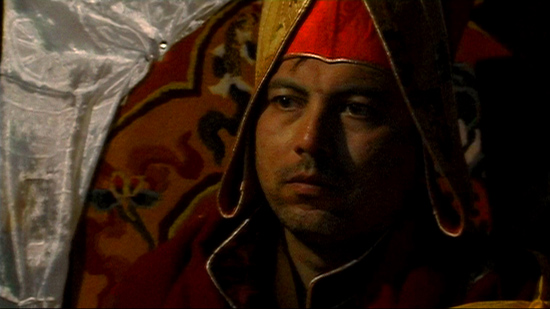
 Jennifer Fox is an award-winning filmmaker and educator known for her ground-breaking features and series, including BEIRUT: THE LAST HOME MOVIE,
Jennifer Fox is an award-winning filmmaker and educator known for her ground-breaking features and series, including BEIRUT: THE LAST HOME MOVIE, 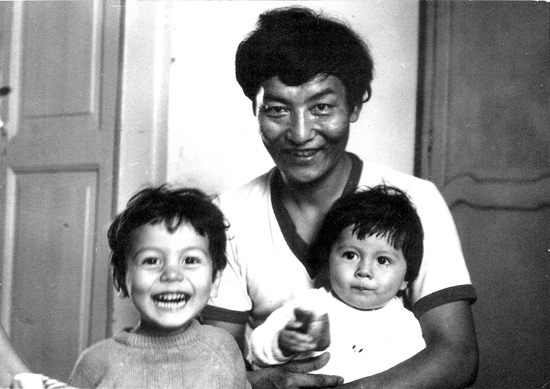
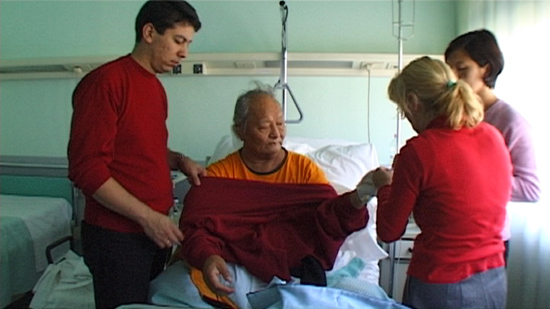
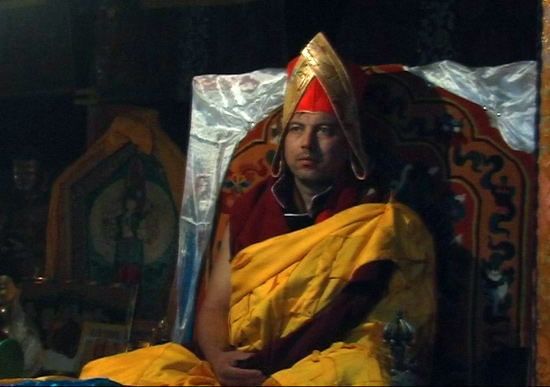
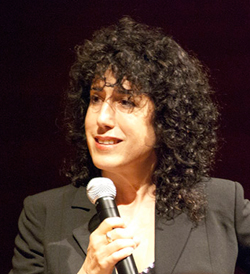


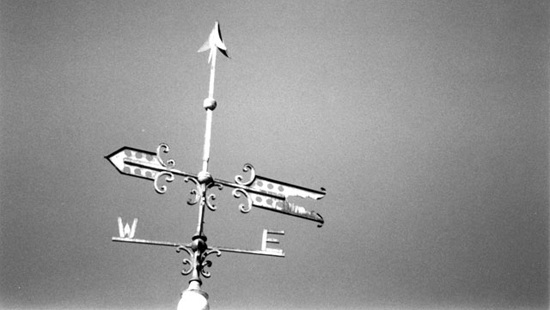
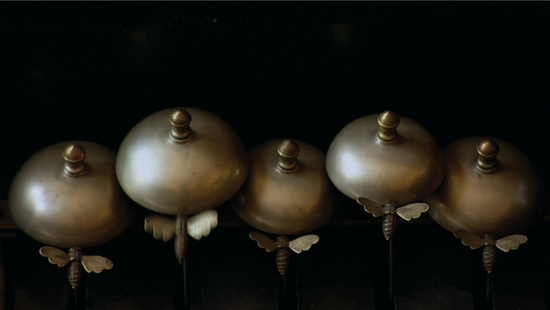
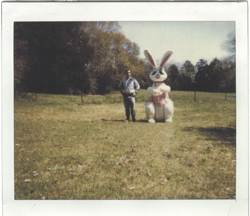
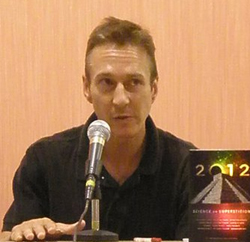 Gary Baddeley is the CEO of The Disinformation Company (
Gary Baddeley is the CEO of The Disinformation Company (